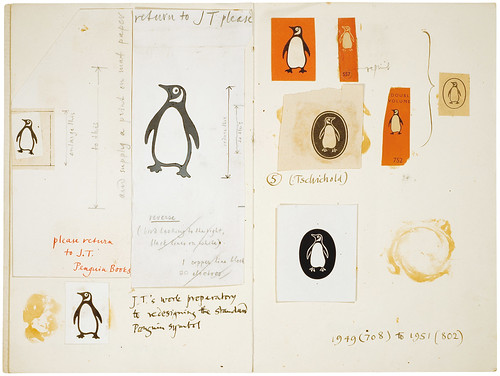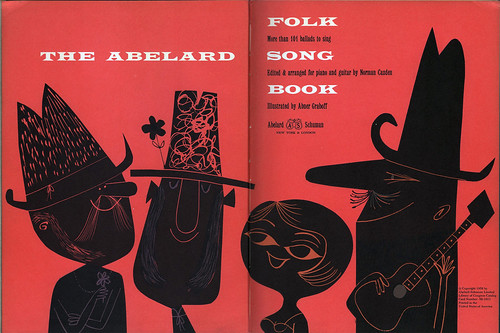
Tom Gauld‘s Midsummer’s Eve cartoon for The Guardian is from last month (obviously!), but I’m borrowing it to make a bit of boring and overdue social media housekeeping more interesting!
While I haven’t yet asked Wizard Toby to deactivate the Casual Optimist account like a some kind of despairing Baphomet, I have pretty much abandoned Twitter. It’s disappointing because I’ve met some great people through the app and it has always been a tremendous resource, but I can’t support it any more.
I’ve always hated Facebook and I haven’t posted to the Casual Optimist page there in at least a couple of years. I did, however, start an Instagram account which I’m trying to update at least once a month if you want to follow along there. I think it’s pretty unlikely that I will do anything with Threads.
I’m not on Bluesky, but I am trying out Mastodon. It promises a lot, I’m just not quite convinced by it yet (and I gather from more prolific posters than me that there is something of a sea lion problem there). I’ll post a link if/when there is a proper Casual Optimist account. In the meantime, you can find me here.
There is an RSS feed that you can subscribe to if you still use a reader (I use the Old Reader FWIW; I’m not sure what the cool kids are using), or you can get it as an email (it’s not perfect but it works).
Updates are also sent automatically to Tumblr if you’re still rattling around that haunted abandoned mansion.
Anyway, sorry for being very online and tedious. I’ll try to post some more interesting stuff soon (if I don’t quietly pack it in completely and put myself out to pasture…)
Comments closed

















Permanent Beta
Blogging is a learning experience. At least it is for me. Every day I discover a new way to make things better and I tinker with things. I don’t usually mention all the minor changes I make, but I’ve recently made three significant changes to the blog that I wanted to draw your attention to:
Thanks for your patience.
Share this:
Like this: